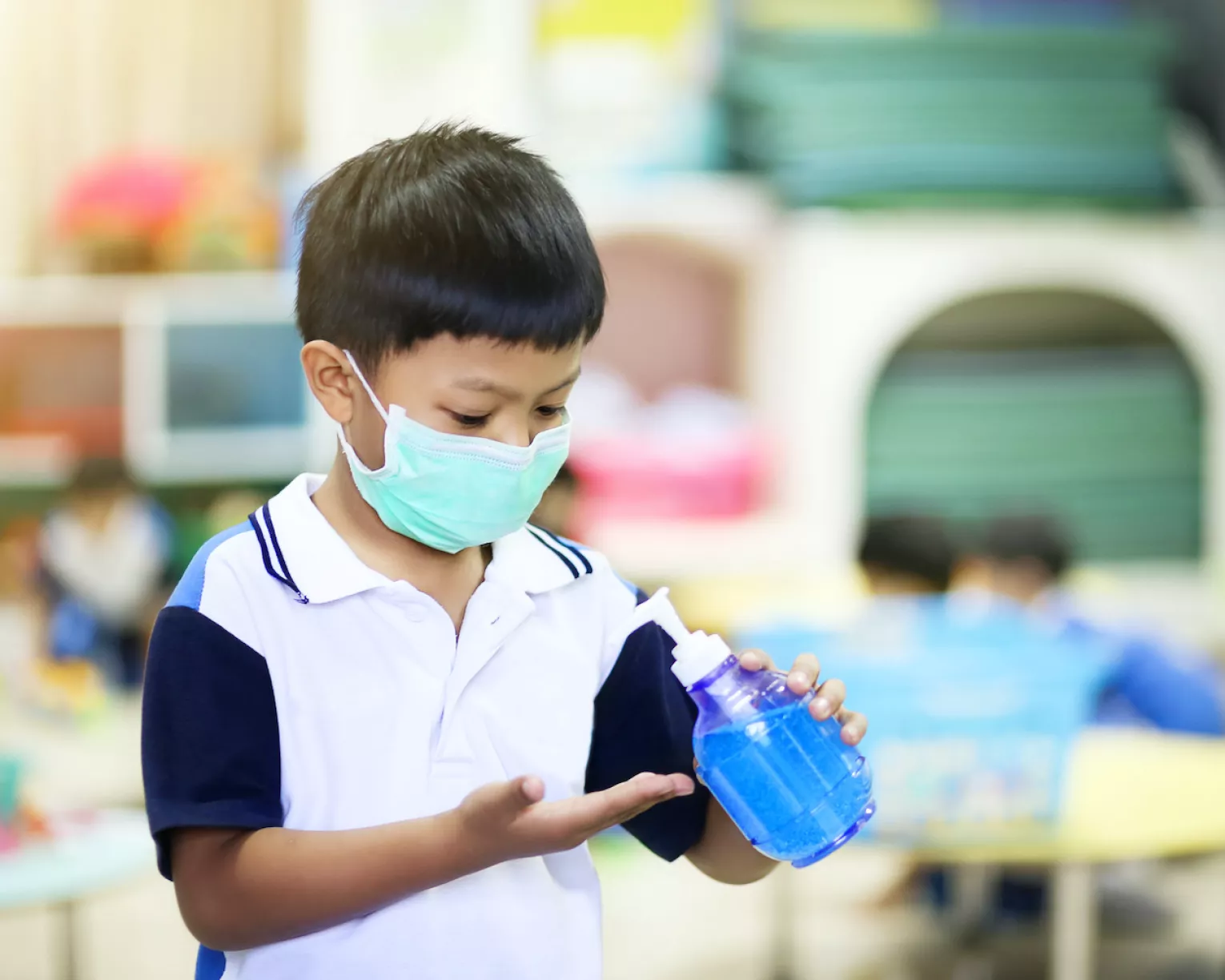The American Rescue Plan Act (ARPA)—the emergency legislative package for COVID-19 relief—provides nearly $123 billion in aid for K–12 education through the Elementary and Secondary School Emergency Relief Fund (ESSER), which includes several allotments to support students experiencing homelessness and other marginalized student groups.
In addition to the $123 billion in ESSER funds, ARPA includes $800 million in funding dedicated to support the identification, enrollment, and school participation of children and youth experiencing homelessness, including through wrap-around services.
Schools and districts should strategically use and leverage both ARPA ESSER funds and additional dedicated funding to locate, engage, maintain connection, and support children and youth experiencing homelessness.
It is important to understand that all staff have a role in serving students experiencing homelessness—including classroom teachers and administrators, front office staff, food service professionals, janitorial staff, and bus drivers. Federal funds may be used to:
Increase Outreach and Identification
- Hire additional dedicated staff specifically tasked with finding and re-engaging students.
- Purchase and staff a vehicle for community outreach to motels, campgrounds, and food banks and for students who are sharing the housing of other persons due to loss of housing, economic hardship, or a similar reason.
- Screen for homelessness by embedding questions and information about students experiencing homelessness in all school and district outreach efforts.
- Provide professional development to all educators that focuses on identifying and engaging students experiencing homelessness.
Remove Barriers to Enrollment
- Upgrade systems to ensure all families and students experiencing homelessness have access to online enrollment; consult the SchoolHouse Connection’s Removing Barriers to Online Enrollment guide for more information.
- Review and simplify school-level housing questionnaires to ensure clarity; offer questionnaires in appropriate languages and formats that everyone in the school community can understand and access.
Maintain Regular Contact
- Purchase and distribute prepaid cell phones to keep families and students experiencing homelessness connected with the school community.
- Deliver care packages to students regularly, which may include toiletries, clothing, and/or school supplies.
- Offer educators extra paid hours to provide individual academic support to their students, conduct weekly check-ins by text or other platforms outside the classroom, and provide weekly attendance certificates and other incentives to promote attendance.
- Offer free transportation to all in-person instruction and enrichment opportunities.
Put in Place Necessary Supports
- Hire additional school counselors to assist students with credit accrual and recovery, FAFSA completion, and college transition.
- Hire additional school psychologists to screen for and address trauma.
- Hire additional school social workers to help students and families experiencing homelessness access critical services, like housing, shelter, food, health care, and child care.
- Increase capacity in preschool, Head Start programs, child care, and early intervention programs by adding priority slots for children experiencing homelessness and using funds to increase the child care subsidy rate.
- Open school facilities—such as washrooms, locker rooms, computer labs, libraries, and gyms—before and after school hours for student use.
- Provide washers and dryers for student use.
- Provide professional development to all educators on trauma-informed instruction and social-emotional learning.
- Adopt positive school discipline practices school- and district-wide.
- Inform parents and youth of their education rights under the McKinney-Vento Act.
Center Equity in ESSER Fund Decisions
Black, Latinx, Native American, and Pacific Islander students are more likely to experience homelessness than white students; LGBTQ+ students are more likely to experience homelessness than heterosexual or cisgender students. To assist these vulnerable populations, schools and districts can use ESSER funds to:
- Hire diverse outreach staff to advocate for students experiencing homelessness.
- Provide information in appropriate languages and formats that all members of a school community can understand and access.
- Ensure cultural competence and sensitivity to the impacts of racism and trauma as well as to the strengths of these populations, in outreach and service provision.
- Provide support for McKinney-Vento homeless liaisons to understand the unique needs of students and families of color experiencing homelessness, including how to center anti-racist approaches in conversations and interactions with them.
For more information, check out the NEA Federal Emergency Aid for Public Education guide and SchoolHouse Connection website as well as the NEA ARP Fund Use Checklist.
Are you an affiliate?

